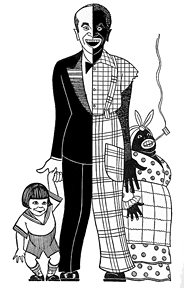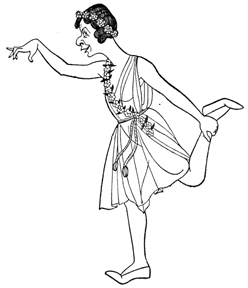Al Jolson was born Asa Yoelson in what is now Seredzius, Lithuania, 130 years ago today. Here are 10 Jolson trivia tidbits:
- Al Jolson began his career paired with his brother in a vaudeville act. He moved on to partner with other performers as well, but it was as a solo act that he finally found success.
- As with his character in The Jazz Singer (1927), Jolson’s father was a cantor, at the Talmud Torah Synagogue in Washington, D.C.
- Though his early work in blackface is considered offensive today, the view of many African-Americans at the time was that Al Jolson was helping to introduce African-American music—jazz, blues, and ragtime—to a white audience. He also was a strong advocate in the 1910s and ’20s in the fight discrimination on Broadway against black performers.
- At 35, Jolson was the youngest man in American history to have a theatre—Jolson’s 59th Street Theatre, across from Central Park—named after him.
- Al Jolson wrote the campaign song for the Warren G. Harding–Calvin Coolidge ticket in the 1920 presidential campaign: Harding, You’re the Man for Us!
- Jolson was the first musical artist to sell more than 10 million records.
- Al Jolson owned the rights to the play Penny Arcade by Marie Baumer and insisted that the two actors who played the leads in the Broadway production be brought west to appear in Sinners’ Holiday (1930), the movie adaption of the play. Those actors? James Cagney and Joan Blondell.
- NYC’s 51st Street, as it passes by the Winter Garden Theatre, home to many Jolson’s greatest successes, was, on August 11, 2006, renamed Al Jolson Way.
- Many stars of the rock ‘n’ roll era—Elvis Presley, Jackie Wilson and David Lee Roth, among them—cited Al Jolson as one of their greatest influences.
- As a lark, Jolson once entered a sound-alike contest, singing as a sound-alike of himself. He placed third.
Happy birthday, Mr. Jolson, wherever you may be!





